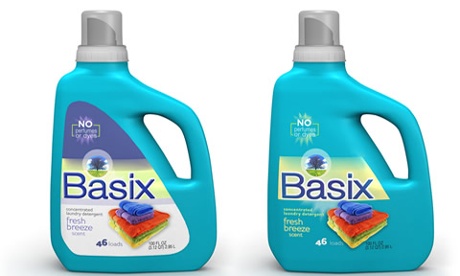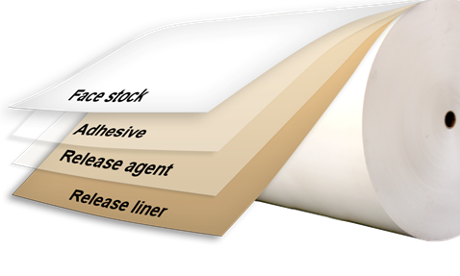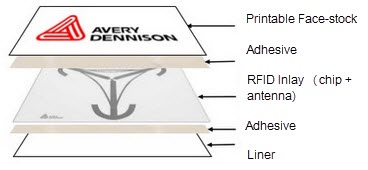
Many people may be surprised to discover how much science and technology goes into making labels and tags for packaged goods. Avery Dennison, one of the world’s largest producers of self-adhesive label materials, offers a few facts about the ubiquitous product label.
Labels come in all sorts of shapes and sizes. They fall into two categories: non-adhesive and self-adhesive. Non-adhesive labels include glue-applied, in-mold and sleeving, and self-adhesive labels include pressure-sensitive, heat sensitive and gummed paper.

The sandwich
A pressure-sensitive label is like a sandwich with many layers. There’s the facestock, which is the part you see – or see through if it’s clear, the release agent that allows the backing to come off the adhesive, the adhesive itself, and the liner or backing. Each layer can vary depending on the type of packaged good it will be applied to, resulting in thousands of different varieties of the sandwich on the pressure-sensitive menu.
Here are seven things you may not know about labels and tags:
Gone in seconds
Consumers spend about two and a half seconds at the shelf deciding which product to buy and approximately 50% of purchase decisions are made in the store, according to the Platt Research Institute. The visual appeal of the label plays a key role in that 2.5 second decision.
Permanently tacky
The adhesives used for pressure-sensitive labels vary widely depending on intended use. However, they’re all permanently tacky and don’t need to be activated by water, solvents or heat. They can form a bond at any time and adhere to almost any surface such as paper, plastic, glass, wood, cement and metal.
Non-adhesives
Labels, tags and tickets for apparel are often not adhesive, but are as varied in shape like adhesive labels.
Multiples
A typical shirt carries at least two woven labels (branding and size), two printed fabric labels (also called legislation) and three paperboard items such as a graphic tag, pricing swing ticket and key performance indicators tag that says how to wash or iron the item.
Clear ‘no-label’ labels
Research suggests that the “no label” look of clear labels, compared with paper labels, can have a positive effect on the consumer’s perception of a product and even on sales.
Information and instructions
In addition to a brand, labels carry numerous types of information, including instructions for use, product ingredients, prices, warranty and guarantee details, manufacturing locations, special offers and regulations.
Smarter labels

Labels keep getting smarter and smarter. Today’s labels now have RFID tags to improve data capture speed and accuracy and NFC links for branding and instructions. Labels can change colors to indicate time and temperature changes as well as include a variety of built-in security characteristics to battle counterfeiting.
Learn more about Avery Dennison and its efforts on sustainable packaging and branding and information solutions. Join the conversation and see what employees and partners have to say on the topic of sustainability.
Content on this page is provided by Avery Dennison, supporter of the Vital Signs platform.







